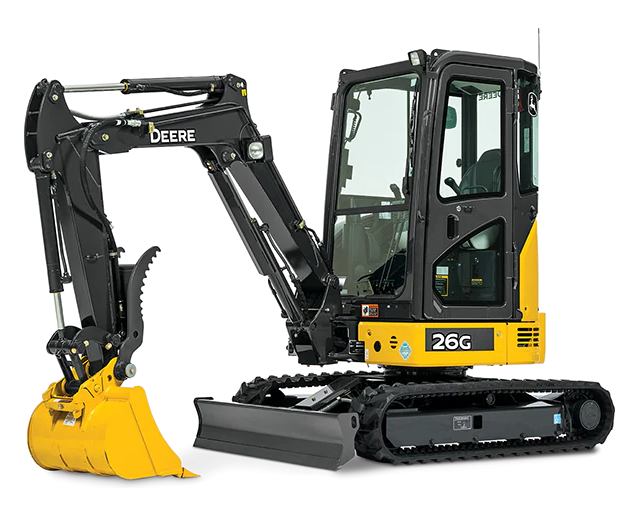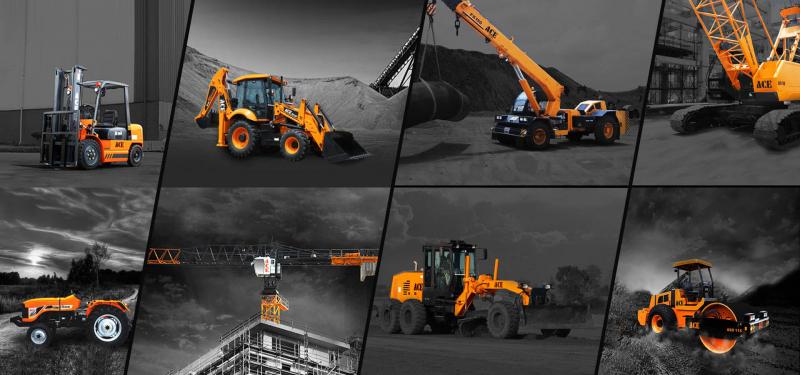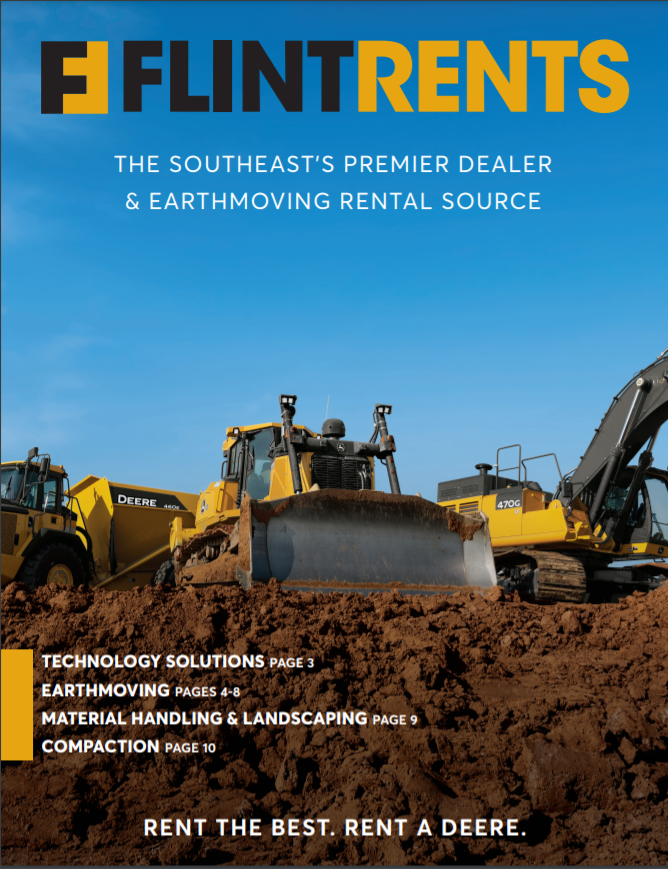Boom Lift Rental: Cost Effective and Reliable Lifts for Any Job
Boom Lift Rental: Cost Effective and Reliable Lifts for Any Job
Blog Article
Optimize Your Budget Plan by Comprehending the Expenses Related To Construction Equipment Services
Recognizing the complete range of expenses linked with construction devices services is important for maximizing your budget plan. What approaches can be employed to successfully take care of these expenses and ensure a more effective rental experience?
Introduction of Rental Costs
When considering building and construction devices services, comprehending the associated expenses is vital for effective budgeting and task planning. Rental prices can vary considerably based upon a number of factors, consisting of tools type, period of rental, and area. The preliminary rental cost typically mirrors the equipment's market need and its associated functional capabilities, influencing the total cost.
Along with the base rental rate, ancillary expenses might occur, such as transportation charges, fuel additional charges, and maintenance fees. It is vital to represent these additional costs to properly assess the overall price of renting out tools. Furthermore, the rental duration can influence pricing; longer leasings might get discounted rates, while short-term services might incur greater daily charges.

Failure of Rental Rates
A detailed understanding of rental prices is necessary for service providers and task supervisors aiming to optimize their budgets. Rental rates for building and construction tools commonly include numerous elements, including base rates, time-based costs, and use costs.
Base rates are the core charges associated with the service of the tools, commonly figured out by the kind and dimension of the equipment. These rates can differ substantially, influenced by variables such as tools demand, availability, and local market patterns. Time-based charges, which might be daily, weekly, or monthly, offer to fit different task timelines and rental periods.
Additionally, rental prices may include use fees, which apply when tools is used past a specified limit, making sure that the rental company can make up deterioration. Seasonal need changes can likewise affect rental rates, with peak building and construction seasons generally regulating higher rates.
In addition, recognizing the rental business's plans concerning upkeep and insurance coverage can provide more insight right into the overall expense framework. By analyzing these components, service providers can make educated choices, guaranteeing the option of rental equipment straightens with both project requirements and spending plan constraints.
Extra Charges to Take Into Consideration
Understanding the complexities of extra fees is essential for contractors to manage their overall rental costs successfully. Past the basic rental rates, different auxiliary costs can substantially impact the total price of tools service. These costs often include shipment and pickup charges, which can vary based upon range and logistics involved in carrying the devices to and from the task site.
Furthermore, some rental companies may impose fuel additional charges if the tools is returned with much less fuel than when rented. It is also vital to know possible cleansing costs, specifically for specialized tools that calls for detailed upkeep after use.

Extensively examining the rental contract and clearing up these additional charges upfront can aid specialists avoid unexpected prices and make sure that budget plans remain undamaged throughout the project lifecycle.
Upkeep and Repair Work Expenditures
Routine repair and maintenance costs are frequently forgotten elements that can dramatically influence the overall price of construction tools rentals. When leasing tools, it is important to consider not only the rental fees yet also the prospective prices connected with keeping the equipment in ideal operating problem.
Numerous rental business consist of standard maintenance as component of the rental arrangement; however, a lot more extensive repair work or unanticipated malfunctions can bring about additional costs. It's vital to examine the rental agreement meticulously to recognize what maintenance services are covered and what obligations drop on the occupant.
Furthermore, equipment that is not well-kept can cause inadequacies on the task site, potentially causing hold-ups and enhancing project costs. To reduce these threats, it is a good idea to conduct regular inspections and maintain open communication with the rental service provider pertaining to any concerns that emerge throughout usage.
Insurance Policy and Responsibility Prices
Insurance coverage and obligation expenses are vital parts that can dramatically influence the general cost of building equipment services (scissor lift rental). These expenses guarantee that both the rental company and the customer are safeguarded from potential economic losses developing from mishaps, damage, or burglary during the rental period

In addition, clients need to know any kind of deductibles or exclusions in the insurance plan, as these can affect prospective out-of-pocket expenditures. Comprehending the terms of any insurance policy coverage is essential to avoid unforeseen prices. Ultimately, budgeting for insurance policy and obligation expenditures can assist make certain a smoother rental experience and her response secure against economic risks associated with building and construction tasks.
Final Thought
In verdict, a thorough understanding of the prices connected with building tools leasings is necessary for efficient budget management. Inevitably, educated decision-making concerning equipment rentals adds to the general success of construction endeavors.
Rental prices see can vary dramatically based on numerous variables, including equipment kind, duration of service, and place (construction equipment rentals). The rental duration can affect pricing; longer services may certify for affordable rates, while short-term services might sustain higher day-to-day costs
By conducting thorough study and engaging with reputable rental firms, contractors can effectively browse the complexities of rental prices, ultimately maximizing their economic resources.
Beyond the common rental rates, different additional costs can significantly affect the complete expense of tools rental. Rental business often supply responsibility insurance coverage that covers injuries to 3rd events or damage to property, while devices damages insurance policy can cover the cost of repairs or substitute if the rented out equipment is damaged.
Report this page